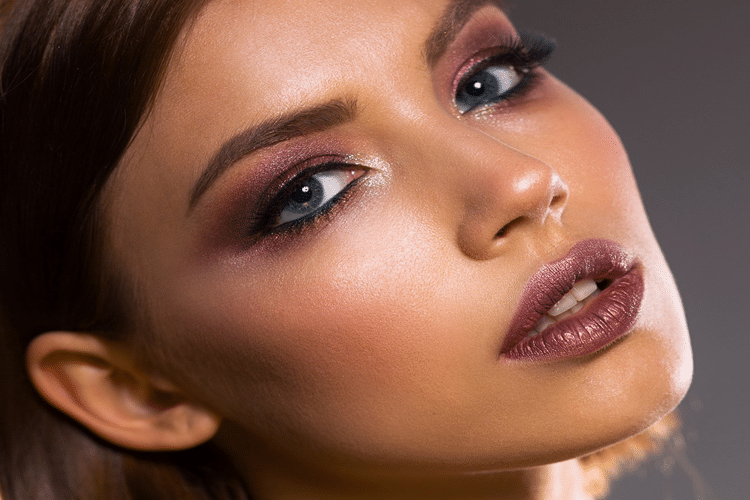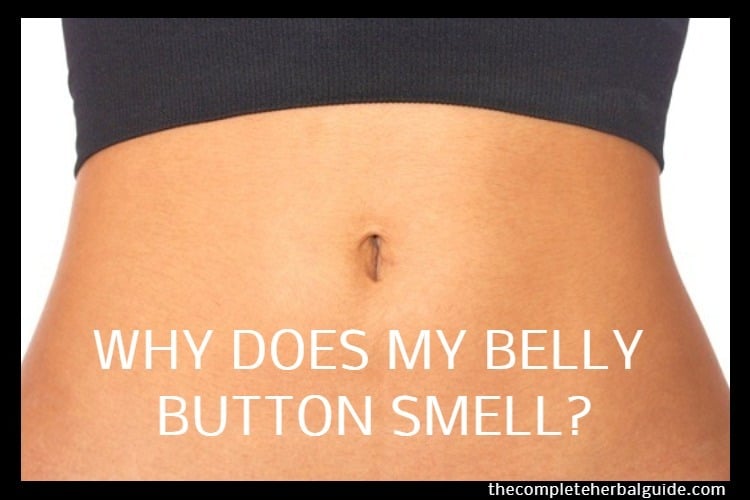
Know-How: Aesthetic Medical Equipment to Treat Your Scars
Scars are unpleasant and make people feel uncomfortable while meeting new people. To understand what scars are for, they help the body repair and replace lost or damaged skin and made of fibrous tissue. Everybody may experience scars that can occur everywhere on the body. A scar’s composition varies as well. It can be colored, flat, or bumpy. It may itch or hurt and, for some, be risky. Many injuries can change the appearance of a scar—a scar’s appearance, influenced by skin type and location.
Additionally, there are numerous causes for a person to have visible spots. A small or easily concealed scar is not always nasty. Whether it is or not, you may be wondering if there is a way to treat it that may cause it to disappear or at the very least improve its appearance. One of the best ways to resolve the scar problem is consulting and finding the best aesthetic medical equipment.
Today’s piece will assist individuals experiencing difficult days due to noticeable scars and offer knowledge with the best aesthetic medical equipment. But first, let’s identify different types of spots common to people.
Table of Contents
Guide to Understand Scar Type
Scars come in a variety of shapes and sizes, including the following:
- Contracture scars
- Acne scars
- Keloid scars
- Hypertrophic scars
Contracture scars
Burned skin causes contracture scars, and these scars can make your skin tighter, making it hard to move. Also, contracture scars may go deeper, affecting muscles, nerves, and skin. There are some different surgical options for contractures. Skin grafts or skin flaps, a Z-plasty, and tissue expansion are some of the things that can help.
Acne scars
If you’ve had much acne, you’ve probably have scars. Itchy breakouts can leave scars if they penetrate deep enough into the skin. Acne scars range from deep pits to angular or wave-like spots. There are various methods for getting rid of acne scars. It’s critical to identify your scars before treating them. Remember, treatment works differently for each kind.
Keloid scars
Keloid scars are groups of scar tissue that form at the site of a wound on the skin. Most of the time, they’re reddish-brown or darker than the rest of the skin is and made up of collagen, which the body makes when it heals from a wound. After skin damage, keloid scars may start to show up on your skin for a year. Radiation, laser surgery, surgery, silicon dioxide, pressure therapy, cryotherapy, and silicone dioxide are all ways to treat your condition.
Hypertrophic scars
Hypertrophic scars and keloid scars look the same to the naked eye, but they are not the same thing. Hypertrophic scars may be easier to treat because they only grow in the area of the original skin defect. However, these scars may also be red, thick, and increased. In the first few weeks, hypertrophic scars are likely to start forming. After that, hypertrophic scars may get better on their own, but it’s not always the case. It could take a year or more.
Aesthetic Medical Equipment to Treat Scars
Treatment options for deeper scars vary depending on the context. Surgical removal, dermabrasion, and laser surgery are examples. Therefore, it is critical to find a trusted and licensed consultant before trying any scar treatment.
One of the popular ways to treat scars is through aesthetic medical equipment. It includes cosmetic lasers, radiofrequency energy, ultrasound technology, and more. For example, skin conditions, cellulite reduction, and pigmentation used cosmetic lasers in medical and beauty spas.
The prominent aesthetic medical equipment today is the Sofwave technology. In addition, Ablative carbon dioxide (CO2) lasers, which help eliminate scars, are the most frequent laser technology used for aesthetic treatments. The aesthetic medical equipment, CO2 lasers use tailored light beams to resurface the skin.
Here’s how it works: You can get rid of dead skin cells and water molecules by passing electricity through a gas-filled tube. The tube produces a specific wavelength of short, focused beams of light. This method causes new collagen in the skin’s deeper dermis layer, making the skin look and feel more firm and smooth in the long term.
Takeaway
The best way to help your recovery and healing is to follow all instructions. Your physician will tell you what you can and can’t do. People can’t get rid of all of their scars, and you must remember that many things will play a role in how well your scar heals. Some scars don’t improve for more than a year after treatment.
Scar treatments are now more successful and safe than in the past, thanks to the development of high-tech aesthetic medical equipment by Sofwave technology. Ensure that you connect with the trusted and most reliable treatment and physician for your scar problems. They make someone look better by using non-invasive methods and cosmetic procedures that don’t require surgery or hurt.






